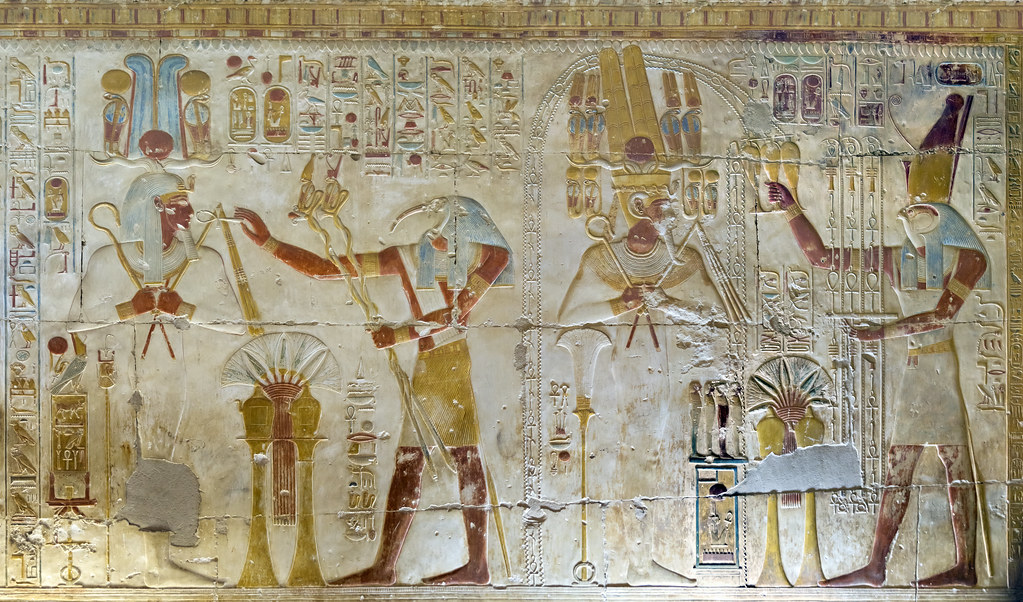

In ancient Egypt, natron was used for making Incense, manufacturing Glass, bleaching Linen, and as a Preservative in the mummification process. It was produced in Egypt, Middle East, and Greece. Throughout history, natron has had many practical applications that continue today in the wide range of modern uses of its constituent mineral components. Natron deposits are sometimes found in saline lake beds that arose in arid environments.

The term hydrated sodium carbonate is commonly used to encompass the monohydrate, the decahydrate, and the heptahydrate, but is often used in industry to refer to the decahydrate only. It crystallizes in the monoclinic-domestic crystal system, typically forming efflorescences and encrustations. Sodium carbonate decahydrate has a specific gravity of 1.42 to 1.47 and a Mohs hardness of 1. Natron is the mineralogical name for the compound sodium carbonate decahydrate, which is the main component in historical natron. Natron – a Colorless to white, grayish, yellowish crystal

Color: Colorless to white, grayish, yellowish colorless in transmitted light.In modern mineralogy, the term natron has come to mean only the sodium carbonate decahydrate (hydrated soda ash) that makes up most of the historical salt. It can act as a desiccant and was used in mummification. Natron is white to colorless when pure, varying to gray or yellow with impurities. It is a natural compound of sodium salts, was a very important product in ancient history. The name ‘natron’ is commonly used for the natural mixture of salts obtained from dry lake beds and mineral deposits. It is a naturally occurring mixture of sodium carbonate decahydrate (Na 2CO 3♱0H 2O, a kind of soda ash) and around 17% sodium bicarbonate (also called baking soda, NaHCO 3) along with small quantities of sodium chloride and sodium sulfate. Natron is a mineral of hydrous sodium carbonate, often found crystallized with other salts.


 0 kommentar(er)
0 kommentar(er)
